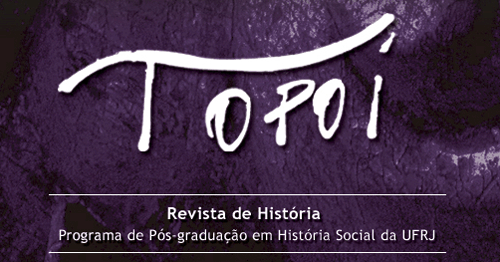The European urban project established in America during the sixteenth-century deemed the city as the highest expression of civilization. This article shows the urban genealogy of the American "pueblos de indios" (Indian villages), built to concentrate the native population, and to teach them the Catholic doctrine. The urban form could be traced by comparing several architectural treatises considered "humanistic" that show the city as a medium to express a specific behavior; thus, the city was a pedagogical and emotional space to control the indigenous population. As a practice of good governance, the "pueblos de indios" materially condensed the "Spanish police" principles. Besides the humanistic background of the towns imposed in America, the project sought to homogenize the natives' behavior and beliefs.
"pueblos de indios"; Colonial urbanism; Catholic doctrine

 Thumbnail
Thumbnail
 Thumbnail
Thumbnail
 Thumbnail
Thumbnail
 Thumbnail
Thumbnail
 Thumbnail
Thumbnail




